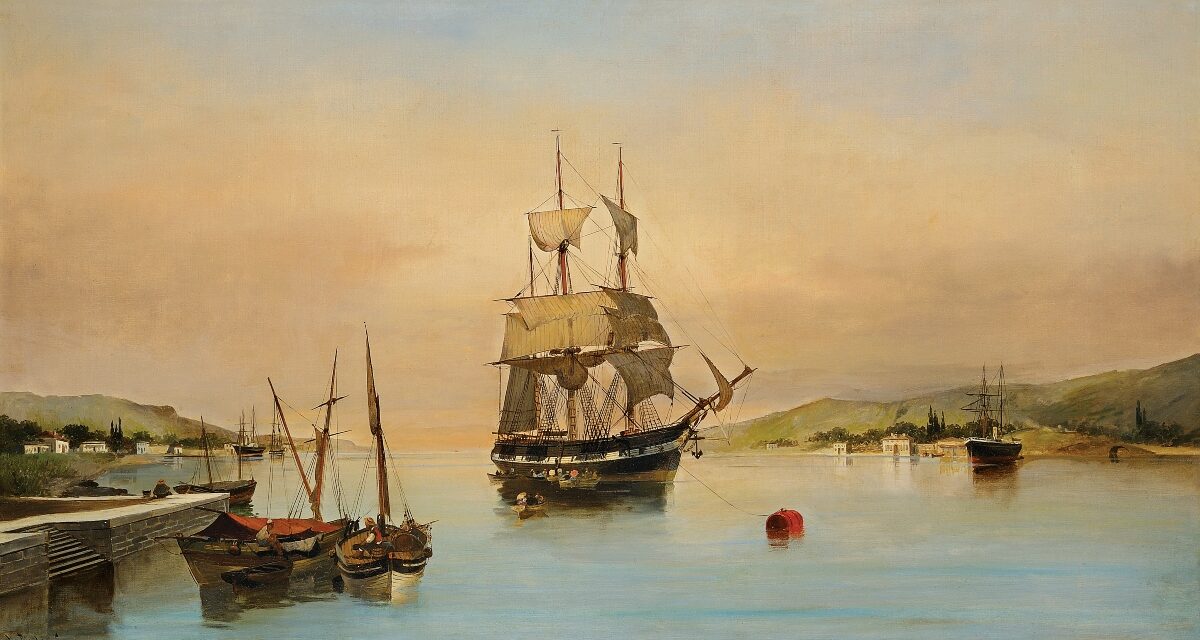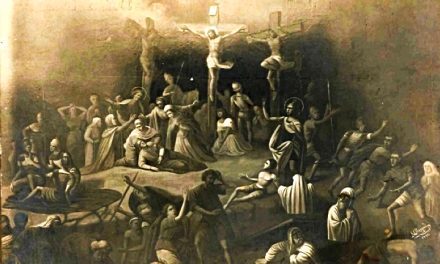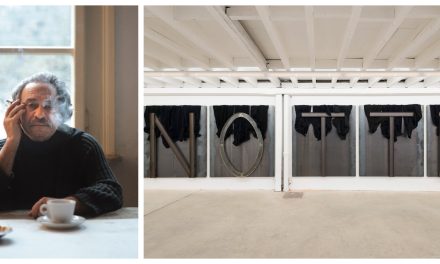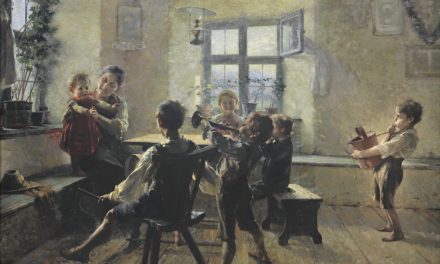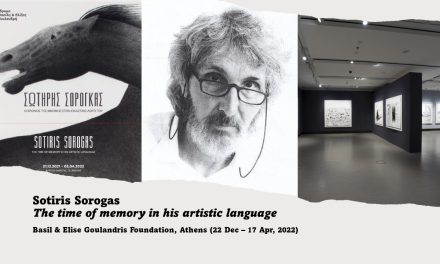Fascinating exhibition “Waterline”, currently on view at the emblematic Basilica of St. Mark’s in Heraklion, brings together an impressive body of work by iconic marine artist Konstantinos Volanakis. Fifty-two monumental works of art from the Aikaterini Laskaridis Foundation are featured for the first time in his hometown.
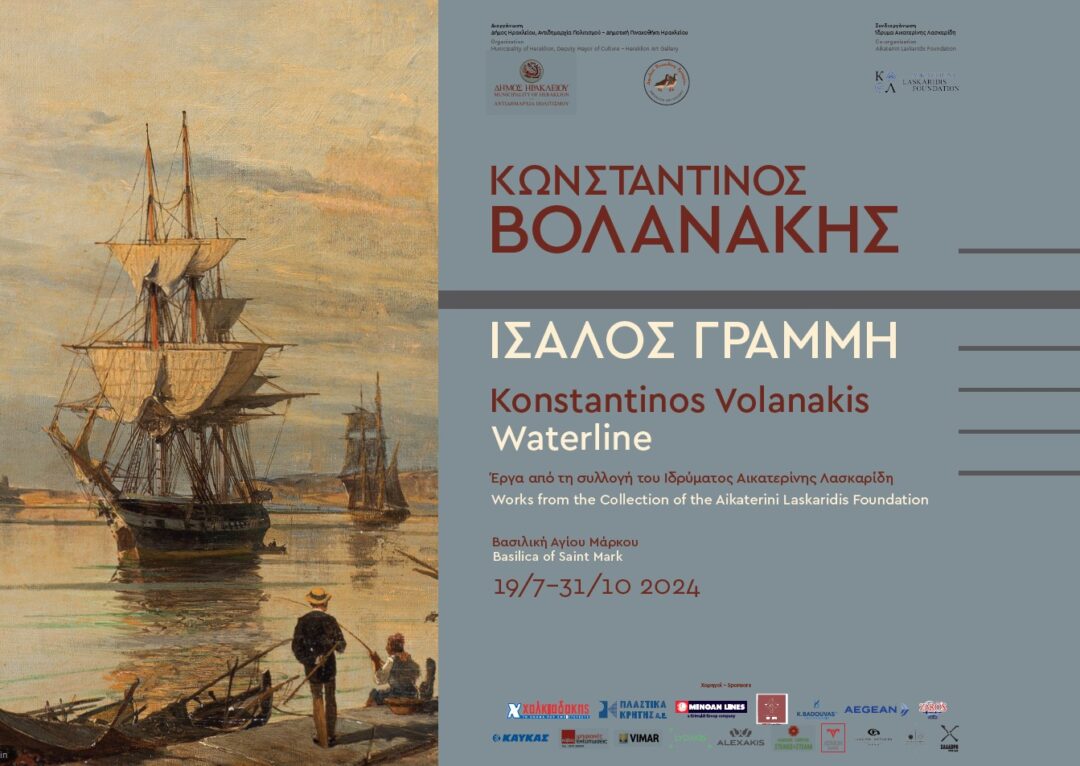
Paying tribute to one of the most defining figures in Greek art, renowned for his exceptional seascapes, the exhibition invites the viewer to reflect on the splendor of nature, the vastness of the sea as well as the psyche of a melancholic painter. Exquisitely presented at the Basilica of St. Mark’s, this highly contemplative exhibition pays tribute not only to Konstantinos Volanakis, the Father of the Greek seascape, but also constitutes a legacy of the man’s relationship with the sea and his destiny.
Coasts and piers, bays and seas, boats and ships, calm waters and raging waves, voyages of ships and life of fishermen are depicted by Konstantinos Volanakis with unique virtuosity, drawing the viewer into the glories of Greek seafaring and man’s connection with the aquatic element.
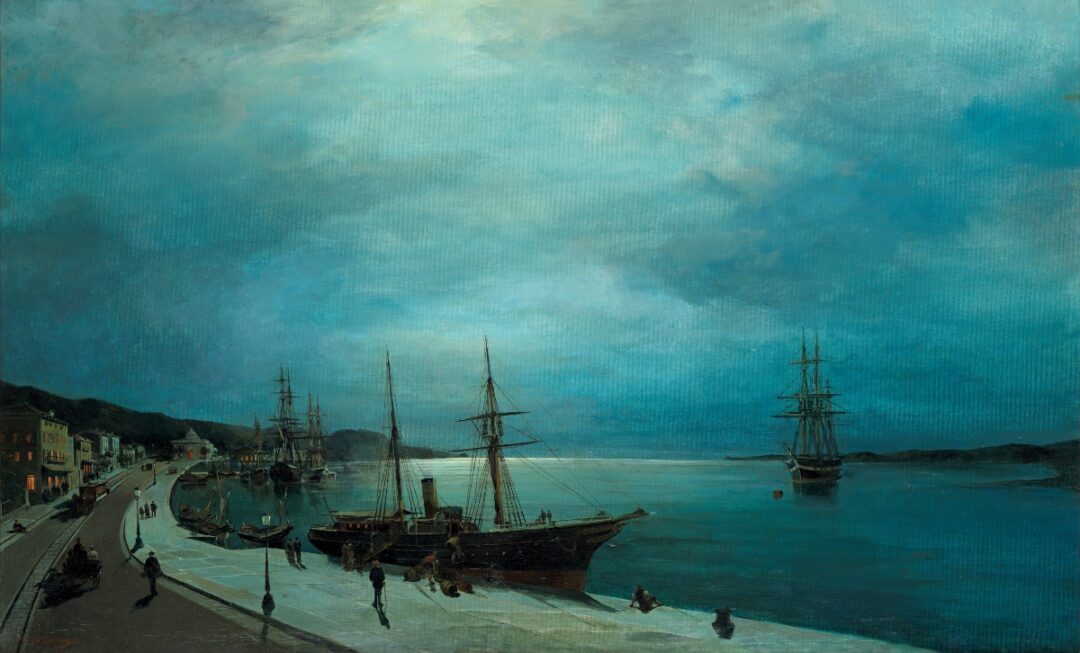
Volanakis was born in Heraklion, Crete in 1837. He attended the Greek School of Ermoupolis in Syros where he took his first painting lessons. He then travelled and worked in Trieste. In 1824 he enrolled at the Royal Academy of Arts in Munich, where he soon gained recognition. In 1883 he returned to Greece and was appointed professor at the Athens School of Fine Arts. Due to health problems, he resigned in 1903. He died in 1907 in Piraeus.
Volanakis is one of the most important representatives of the so-called Munich School, a School that essentially shaped Greek painting at the time. Soon, however, he distanced himself from its dominant characteristics, portraits and genre art, and followed his lonesome artistic trajectory, both in terms of subject matter and style. He remained firmly committed to the depiction of the sea.
Constant, acute and insightful observer of the multifaceted world of the sea, he masterfully depicts its immense world. As sea painting was rather uncommon in German art, Volanakis turned to the seascape tradition of Italian, French, English and Dutch painting. Henceforth, his art is in direct dialogue with modern trends of his time, such as Impressionism. Consciously working on the light-shadow effect, through an amazing range of tonalities, each time he captures a different atmosphere, a different emotion. His deep enthusiasm for the sea and its people takes him on a journey beyond mere depiction of visual reality. He is overwhelmingly concerned with the metaphysical dimension of nature and everyday life.
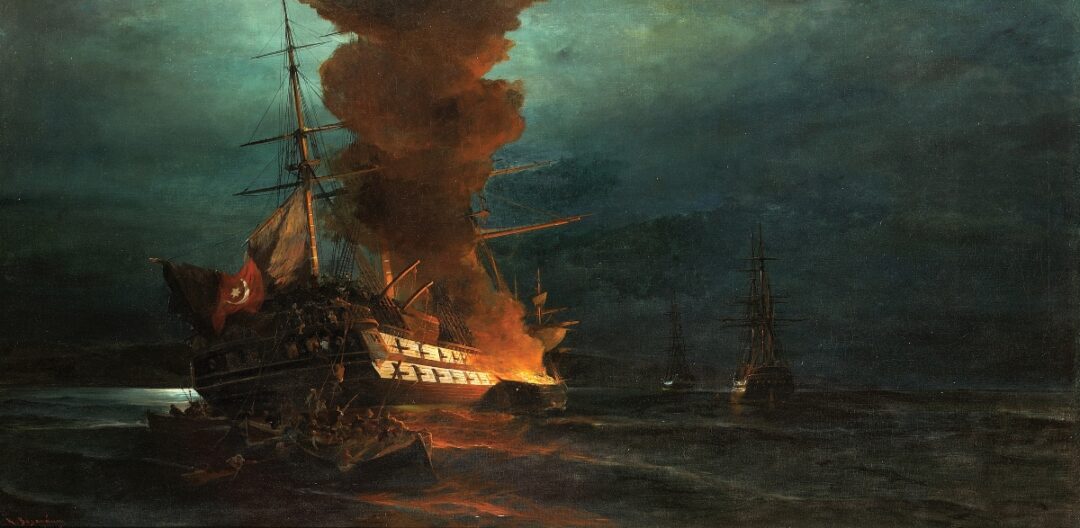
Volonakis’ artistic approach along unfolds through his dramatic seascapes. Serene coastlines, calm waters, turbulent seas dominate his canvas. At the same time, human figure, albeit subtle, eventually reveals itself as a quintessential element of his art.
“Waterline” is meticulously presented in three sections, each one accompanied by carefully selected background music for piano by Chopin as well as poetry by Varnalis, Elytis, Kariotakis, Seferis, Ritsos, Beaudelaire and Camus, creating an overall superb artistic setting.
The first part of the exhibition, “Reverie: The serene sea of the shores and the fishermen” focuses on the everyday life by the sea, conveying a feeling of calmness and harmony with the nature. Picturesque shores, sandy beaches and human figures are the defining elements of Volanakis’ atmospheric marine depictions.
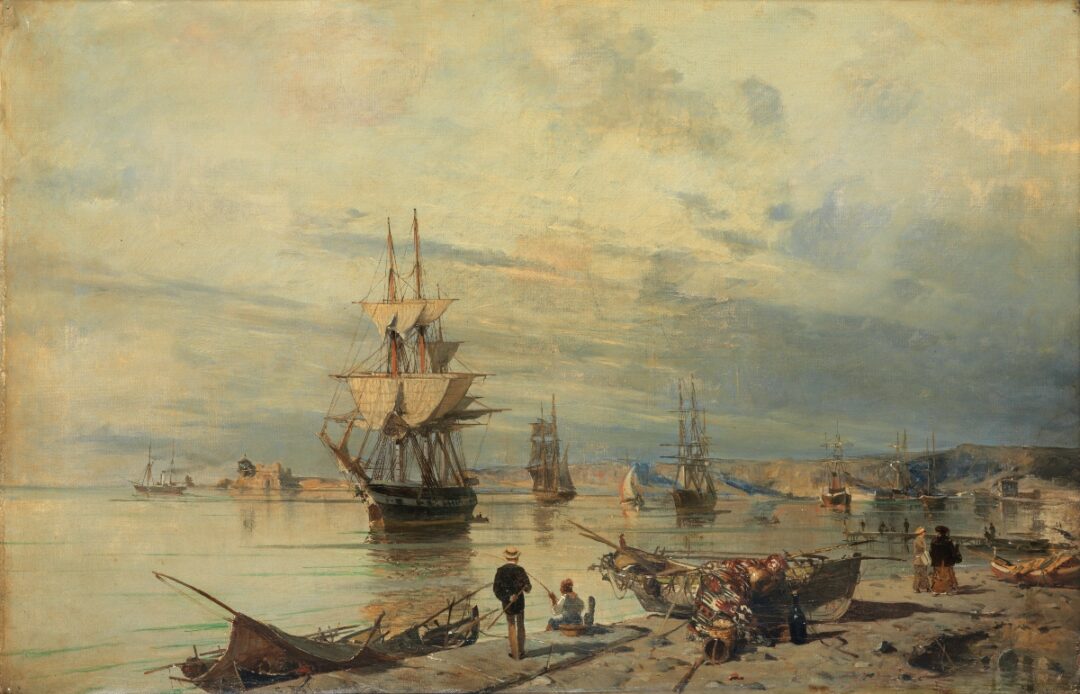
“Vigilance: The dynamic sea of the harbors and the waves” comprises port paintings, both realistic (such as Piraeus, Volos and Patras) and imaginary, and scenes in the open turbulent sea with boats and ships struggling in the threatening waves, prompting feelings of tension and danger. Human presence is also depicted, playing a key role in the vitality of his compositions.
The third section of the exhibition, “Contemplation: the melancholic sea of the sunset and the night” focuses on a moment in time. Against the backdrop of the sunset or the moonlight, paintings create a sense of contemplation and nostalgia. As daylight gives way to the moon, light and shadow play an utterly distinct role in these paintings. Again, the human presence, fully attuned to the nocturnal element, encapsulates the man’s transient passage through the universal dimension of Nature and its perpetual re-creation. This section captures the metaphysical aspect of human existence as well as his solitude in a mighty universe.
D.T. (Ιntro Photo: Sailing into the Harbor)
TAGS: ARTS

